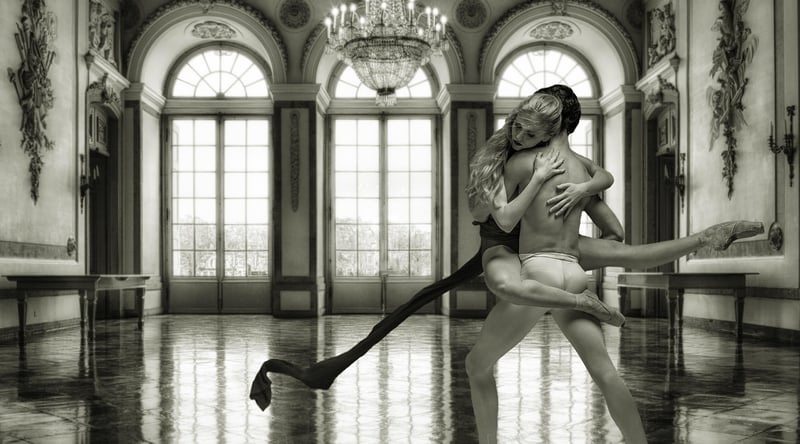Hip Hop
The Power of Expressive Movement in Hip Hop

Hip Hop culture is known for its expressive movements that captivate audiences and showcase individual creativity. Through dance, Hip Hop artists convey emotions, tell stories, and connect with their audience on a profound level.
History of Hip Hop Dance
Hip Hop dance originated in the 1970s in the streets of New York City. It was a way for marginalized communities to express themselves and tell their stories through movement. Over the years, Hip Hop dance has evolved into a diverse and dynamic art form that encompasses various styles such as breaking, locking, popping, and more.
The Elements of Hip Hop Dance
- Breaking: Known for its acrobatic moves and floorwork, breaking is one of the most iconic styles of Hip Hop dance.
- Locking: Characterized by sudden pauses and fast movements, locking is a high-energy and playful style.
- Popping: Popping involves contracting and relaxing muscles to create a "popping" effect, emphasizing isolations and control.
Expressing Emotions Through Movement
One of the most powerful aspects of Hip Hop dance is its ability to convey emotions and tell stories without words. Dancers use body language, facial expressions, and gestures to communicate feelings of joy, pain, love, and resilience.
The Influence of Hip Hop Dance
Hip Hop dance has transcended cultural boundaries and has become a global phenomenon. It has influenced mainstream music videos, fashion, and even fitness trends. The energy and passion of Hip Hop dance continue to inspire artists and audiences around the world.
Whether you're a seasoned dancer or just starting out, Hip Hop dance offers a creative outlet for self-expression and a vibrant community to connect with. So put on your dancing shoes, feel the rhythm, and let your body tell your story through the power of Hip Hop dance!

